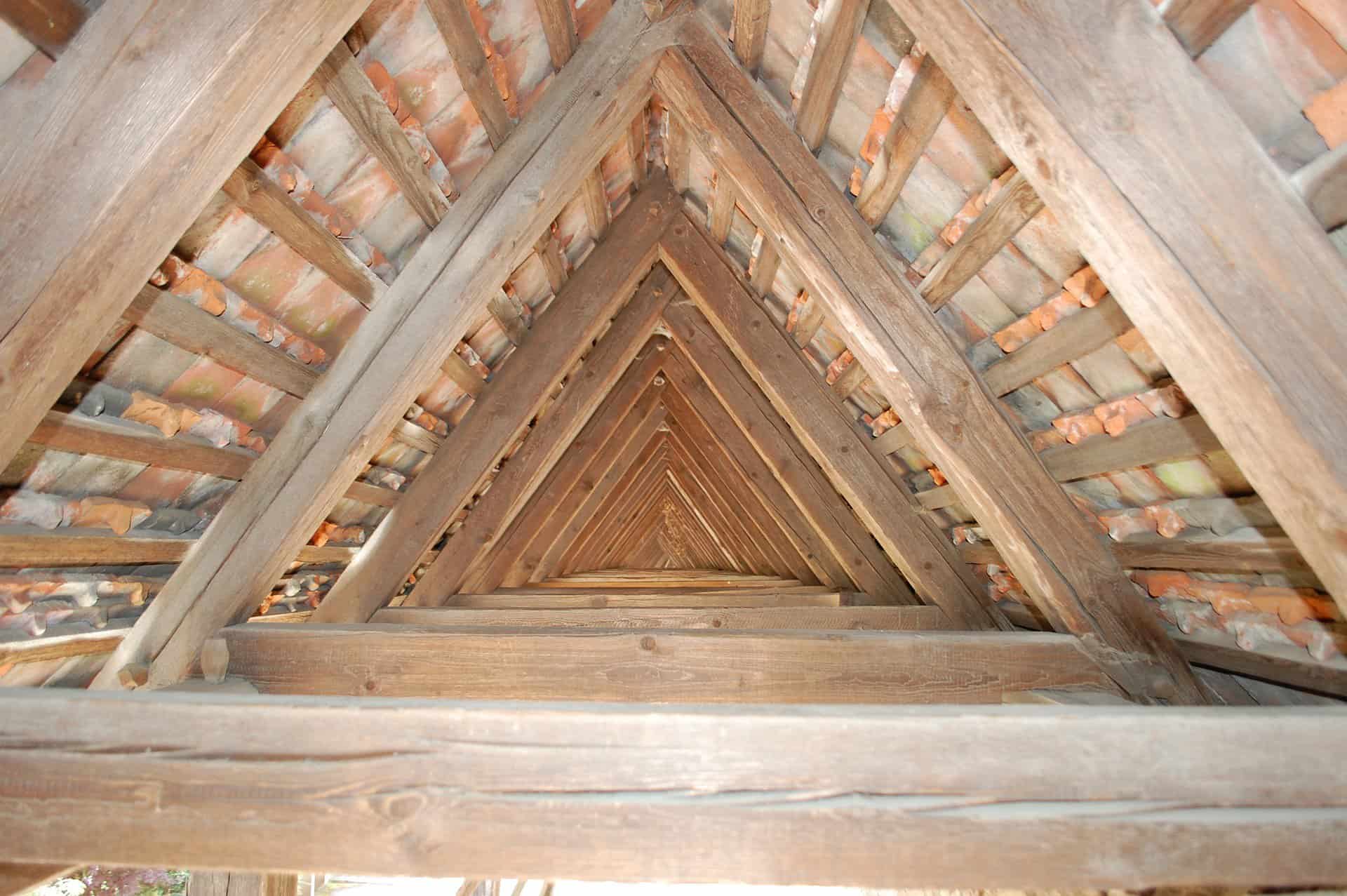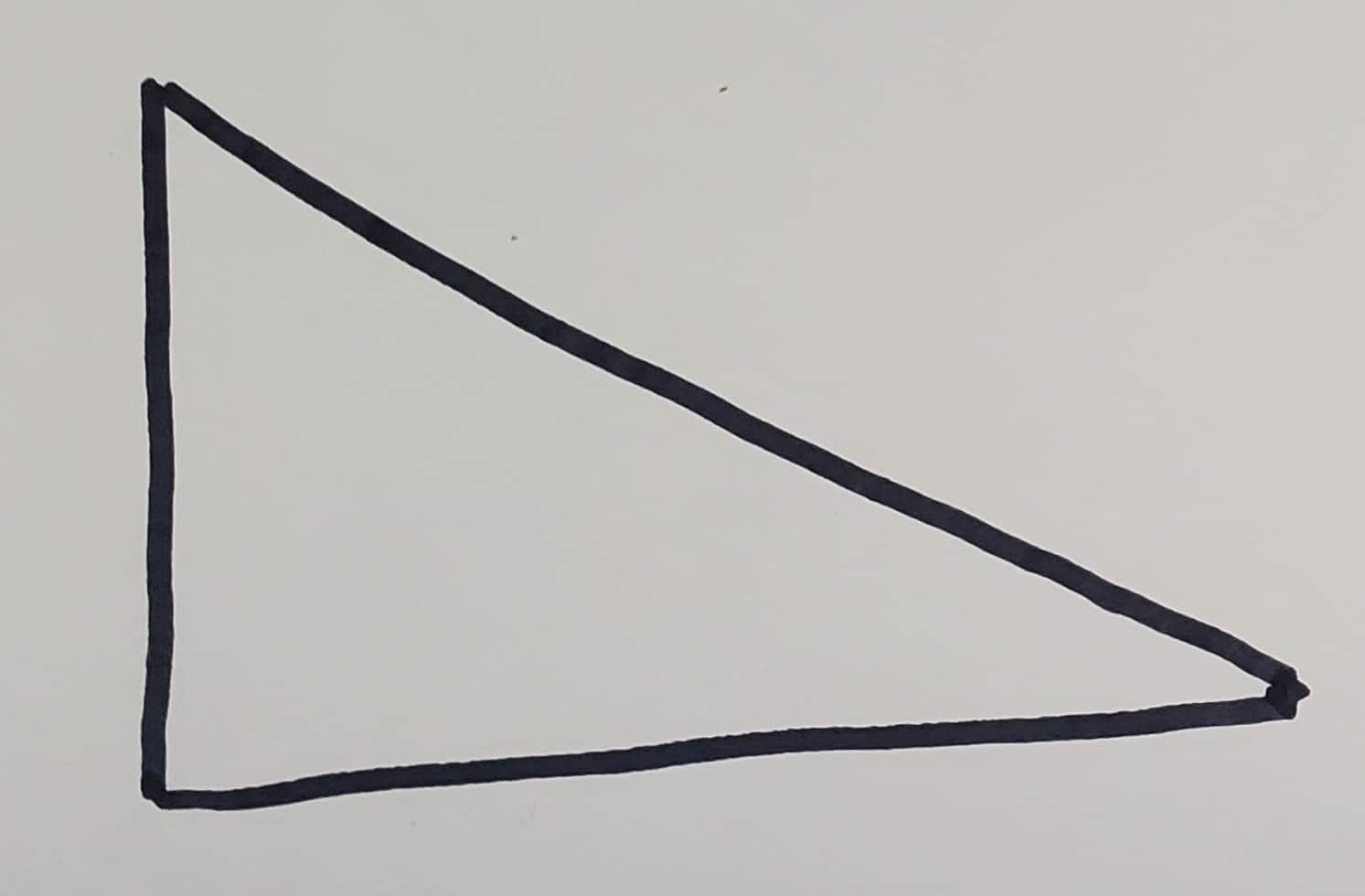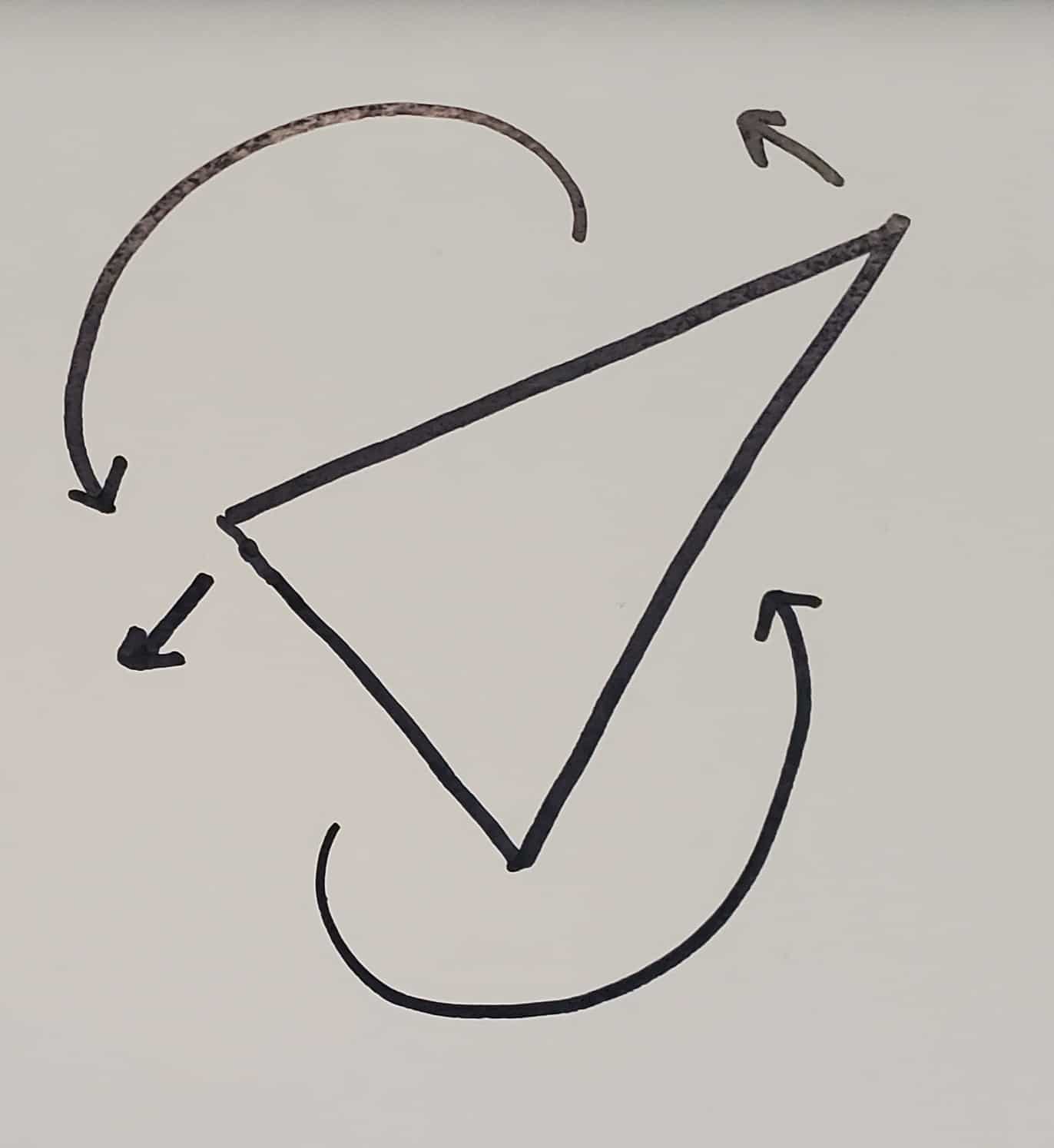
How to Push Down
Push down. Seems simple enough. Intuitive. But I got it wrong. I got it wrong because my posture and mechanics favored a front-side dominance. (Quad-dominant folks tend to also fall into this category.) The knee bend, rounded shoulders, and dropped head all pointed toward the front side sinking down. Trying to follow the directive, then, acted according to systemic bias.
In conjunction with posture, I was rib-heavy. I define this as loading flexed ribs, either sitting (pressing down onto a table through the elbows) or standing (using the hands or elbow to prop oneself up). Most particularly, when I crouched, I would hinge and prop my ribs up with my thighs:
My hips moved backwards instead of down, preventing me from loading the pelvis. It is a weight-shift hinge pattern instead of a butt-drop squat. Function seems optimized when the knees and hips move together. When lifting something off the ground, we want to pull up with the upper body while scooping down and forward with the lower. Utilizing this technique completely changed the feeling and ease of deadlifts:
View this post on Instagram
Let’s look at this concept from the perspective of a tipping triangle. First the basic shape:

It is easy to imagine it as a foot, and easy to imagine which way that it would turn. You can also see how it might mirror a shelf — hard structure supporting underneath on one side, and suspension lifting up on the other (analogy credit to Nicole Uno). Reverting back to the foot, the heel is where the pushing down would occur, and the xiphoid is what would lift in suspension.
Now let’s look at the ways in which the triangle can turn:

I can push down and back from the top. I can pull up and back on the front. Or I can rotate: starting at the top, starting at the front, OR simultaneously. Flash back to the squat-hinge instagram posted above. Can you consider the pelvis, hips, and knees as similar points on this triangle?
When I load the arches via the ball of the foot and lighten/ lift at the heel, the hinge becomes a function of the squat. I push down instead of weight shift back to pick something heavy off the floor:
View this post on Instagram
Notice how the knees start and continue forward. If I want to translate a vertical movement to one that travels horizontally, I use the shins to tip the triangle the opposite direction. I push into the fold in the knees AND down through the arches into the ground and fall forward with the assist of gravity. The heel lifts as the shin drops.
There is a compression component that comes into play here, but I will save that for its own stand alone article. One concept at a time, building layers…



